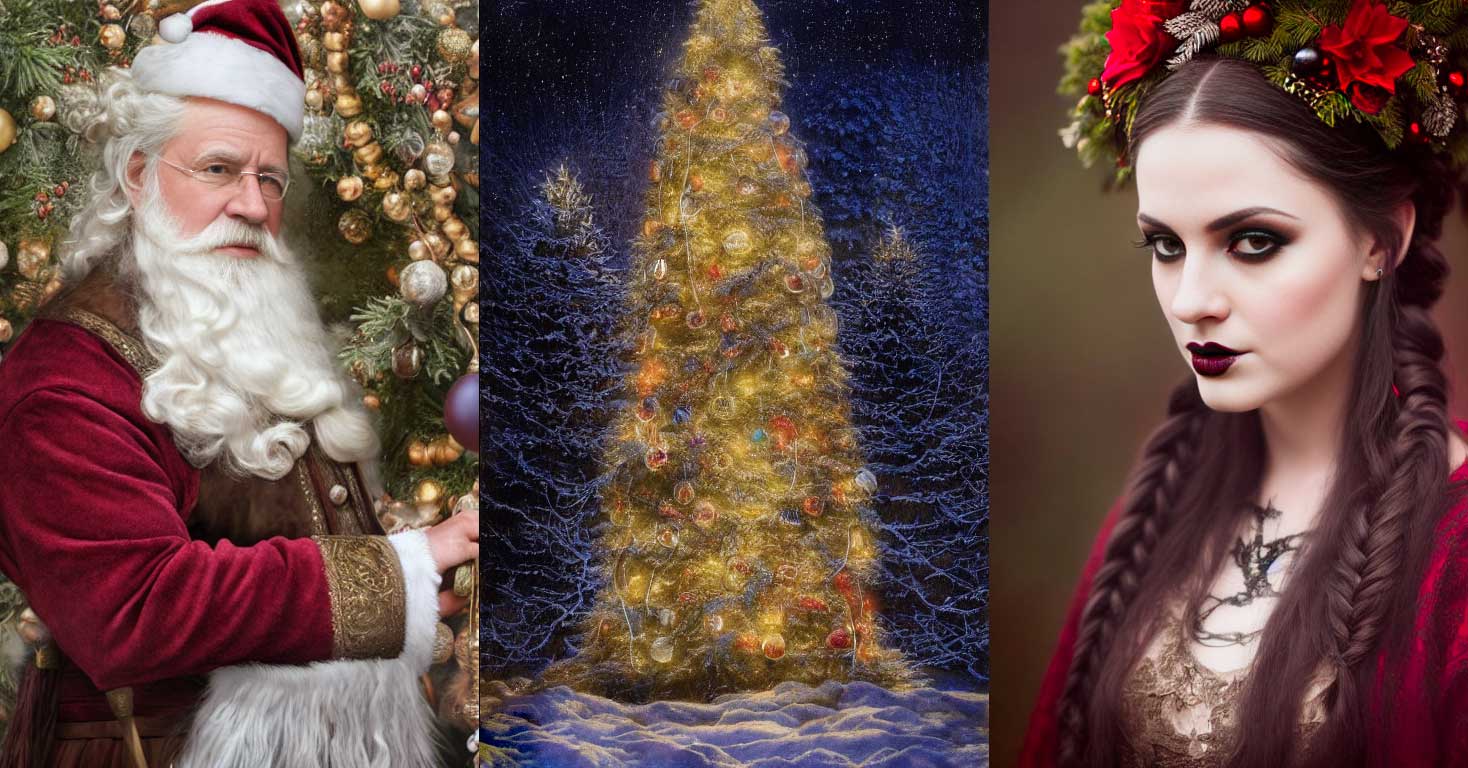The next assistant you take on will work twenty-four hours a day, three hundred and sixty-five days a year.
They won’t need lunch breaks, holidays or maternity/paternity leave. They will start smart and get increasingly clever as time goes by and they don’t need a salary. They are your new A.I. assistants.
Five years ago, I wrote about the Artificial Intelligence (A.I.) models being produced behind closed doors that would eventually change the way we do business. I optimistically predicted that the creative world would be one of the last areas to be affected. As it turns out, the creative world is seeing some major innovations from the A.I. companies that are now causing excitement and concern in equal measures.
It is likely you already use some form of A.I. in your editorial processes. They have been seeping into mainstream applications for some time. Adobe, Microsoft, Apple, Google and others have sewn the seeds in their software, giving us access to large neural networks with us barely noticing. Whether it is spelling and grammar checking or image selection and auto keywording, we are becoming accustomed to the useful innovations.
This year the A.I. models came out of hiding and we now have services and tools whose facility is unlike anything seen before. For the creative world, in particular, A.I. image generators and A.I. copy generators are here and are now producing content that is usable in most areas of the media world.
If you are not yet familiar with Dale2, Midjourney or Stable Diffusion, you will almost certainly have seen the images they generate. Hundreds of millions of these created images are now flooding the internet. Everything from illustrations to photographs to artworks are being produced at a breath-taking rate. What’s more, the last three months have seen a massive increase in quality of the content being produced. For words, ChatGPT is the latest innovation in generating copy that is usable most times. These A.I. models share a common ancestor in the form of OpenAI.
Imagine this scenario.
You are putting together an editorial piece. You need a thousand words of copy that describe the article (Let’s say it’s about gardening.) To bring the story to life, you need a range of photographs and illustrations that are copyright free. Now let’s imagine it takes thirty minutes to create the copy and another thirty minutes to conjure up the images. Oh, and the cost for both images and copy is almost free, just your time and access to a computer.
This is the world we now live in. My reason for telling you this is not to cause panic, there is enough of that already, nor to raise the moral dilemmas, there are enough of them to go round. It is to raise your awareness. I have been helping editorial teams improve their workflows for over thirty years. Having emersed myself in these A.I. tools for the past few months, I can confidently say they will change the way you work. Whether you see them as a threat or an opportunity, you need to be ready and ready now. If you don’t have a strategy in place to bring these innovations into your workplace, you should have. It is rare that you get the opportunity to get in at the start of such a significant change. My sincere advice is don’t ignore this.
I am putting together a presentation aimed at magazine editorial teams in particular to help them better understand the sea-change that is already here. If you are interested, please let me know.
